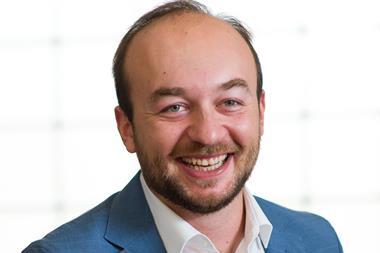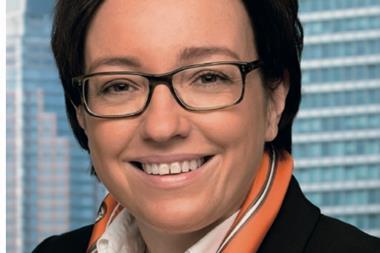Swiss pension funds are in the midst of debating future plans to diversify their mandates with banks, following the takeover of Credit Suisse by UBS as announced in March.
Schemes will have to consider whether to diversify their pool of service providers among banks following the Credit Suisse/UBS deal, and this is a “big point of discussion” currently at trustee meetings of Swiss Pensionskassen, said Heinz Rothacher, chief executive officer at consultancy Complementa, today during a conference call responding to a question posed by IPE.
Pension funds need a certain degree of diversification, and the transition to a new bank brings risks with it, he added.
Long-term bank clients are now thinking through the counter-party risks with one bank, and whether it will make sense in the future to look for another partner, given that a very dominant player could potentially be emerging out of the merger between the two banks, said Thomas Breitenmoser, head of investment consulting/controlling at Complementa.
An oligopoly of banks reduces options for clients, including Pensionskassen, competition and innovation. Domestic banks, typically private or cantonal banks, are already active in the banking sector in Switzerland, and foreign banks that do not yet have a full offering in place can become appealing for clients, Breitenmoser added.
Swiss pension funds have, however, pursued a multi-custody approach, diversifying among banks for asset management, account management, products development, which were protected to a certain extent against the crisis that unfolded in March with the near collapse of Credit Suisse.
Asset allocation
The allocation to alternative investments by Swiss pension funds has gone up to over 10% for the first time (10.1%), according to interim results of the latest Pensionskassen risiko, a 2023 risk check-up study conducted by Complementa.
Pensionkassen are reducing their exposure to hedge funds, while increasingly considering infrastructure, Rothacher said. The share of real estate investments stands at over 20% (24.3%) for the fifth year in a row.
The allocation to equities was 29.3% at the end of last year, slightly above the historical average of the past 20 years, while the share of fixed-income assets stood at 36.3%, down from 37.1% in 2021, according to the study.
Swiss pension funds continue to show high interest in infrastructure for long-term investments.
Breitenmoser added that Complementa is observing a “significant decline” in interest in private equity caused by an increase in interest rates and the fact that private equity assets are difficult to divest for their long-term illiquidity premium.
There is “certain demand” for investments in private debt, with the possibility of returns in US dollars of over 10%, he said.
Interest rate increases could lead to lower growth in allocations to alternatives, but not a significant decrease as the asset classes have long-term, built-in obligations, he continued.
According to the risk-check study, Swiss pension funds returned -8.6% in 2022, and 2.8% in the first four months of this year. As a result, the average funding ratio rose from 104.5% at the end of 2022 to 106.8% at the end of April this year.
Pension schemes applied an interest rate on pension capital saved by employees of 2% in 2022, while the conversion rate used to calculate pension payouts – Umwandlingssatz – continues to fall and now stands at 5.31%.
The latest digital edition of IPE’s magazine is now available

















No comments yet